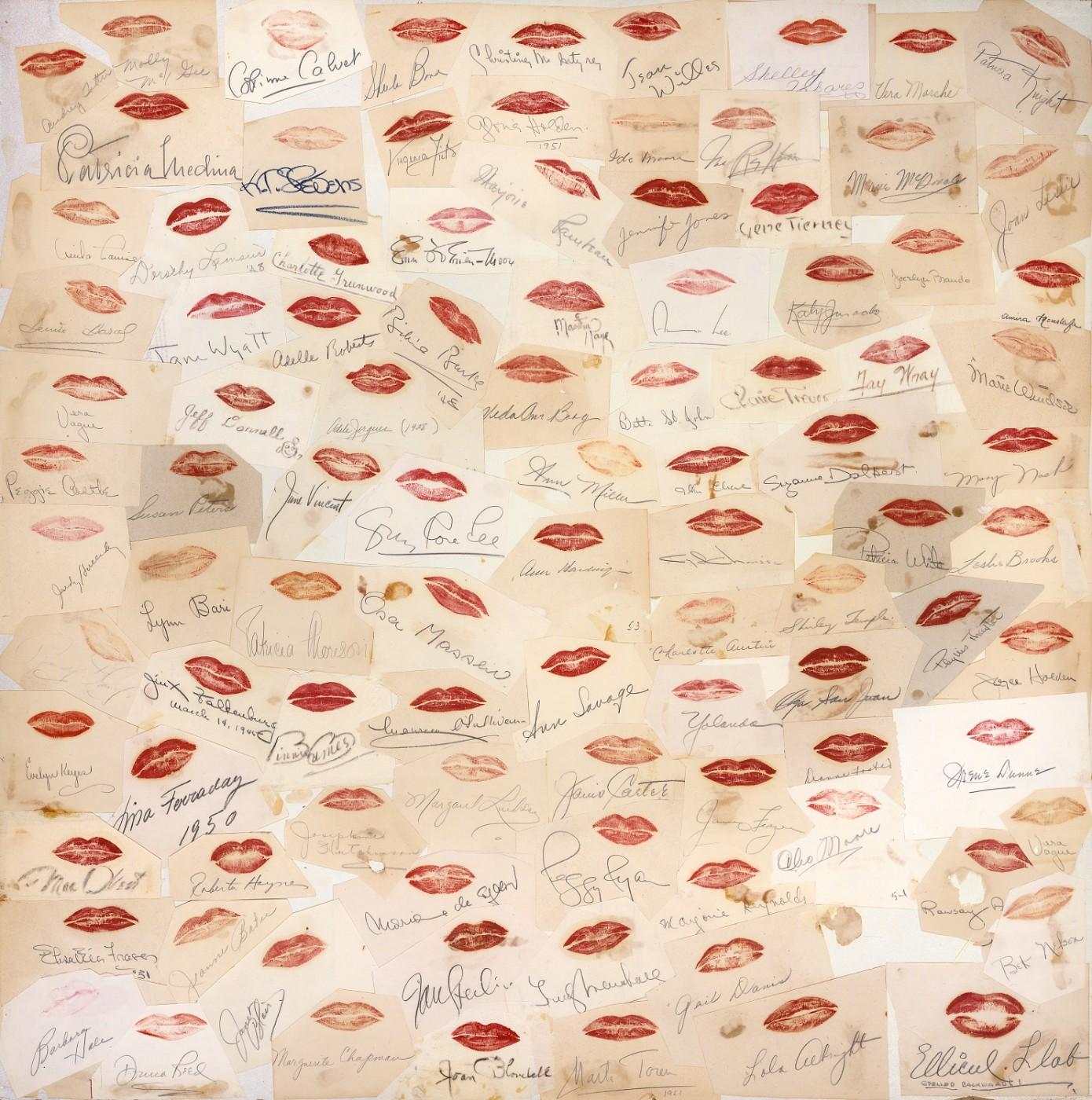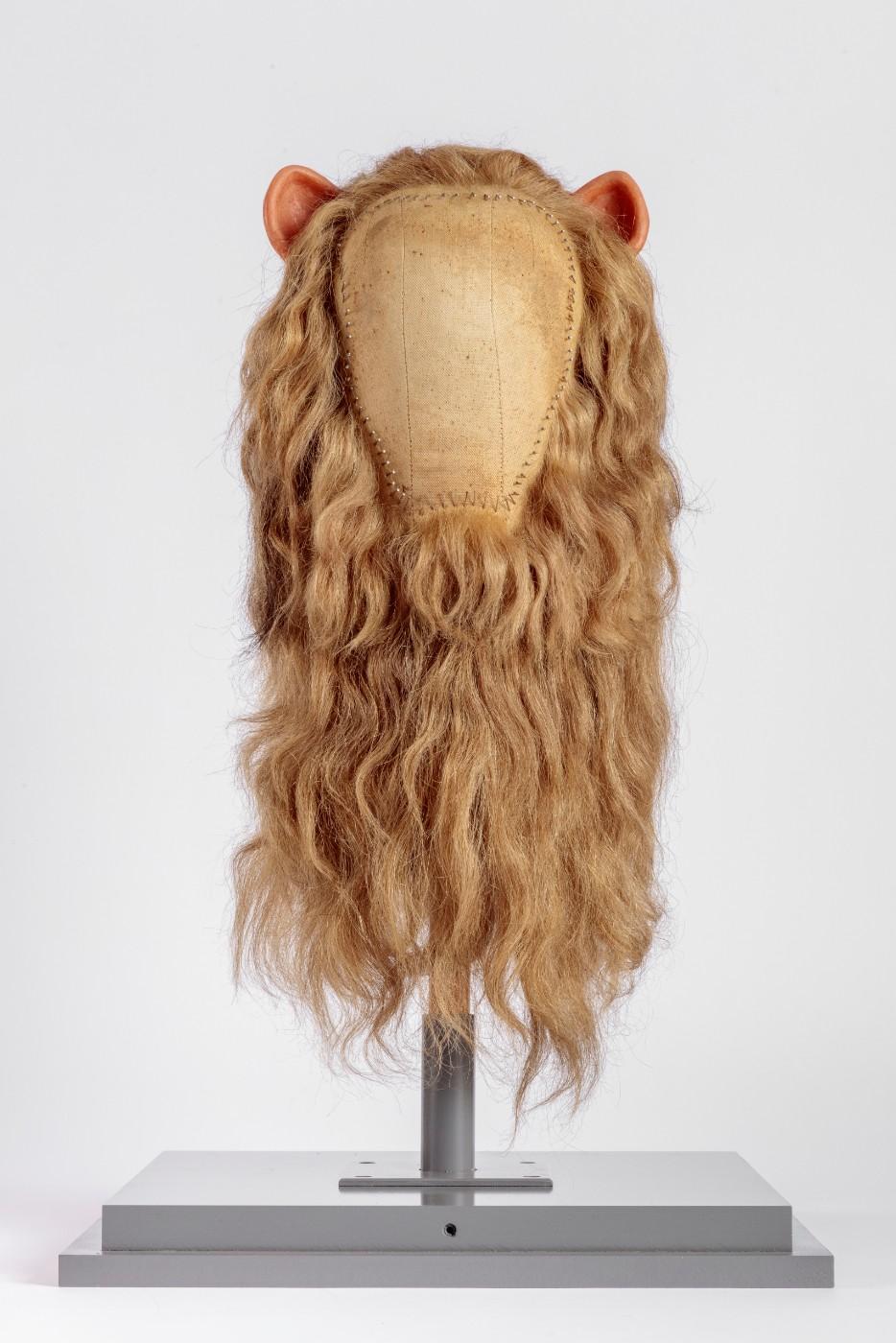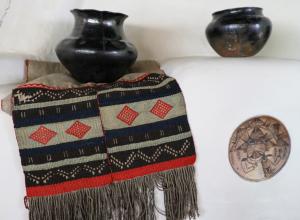The jury is still out on whether or not props and posters will introduce “new ways of looking at film” to a tech-savvy public with video cameras in their phones, editing software on their tablet and formative years spent watching DVD special features drawing back the curtain on movie magic.
“Film is a popular art form, and today everyone with access to a social media account is a critic,” notes museologist, artist, filmmaker and founder of MuseumViews, Homa Taj. “The same cannot be said of fine art, since, in principle, it’s not created for mass consumption. There are few hard-core Andy Warhol fans who know everything there is about their idol the way fans of Marvel Universe do about Spider-Man, or the millions of people around the world who have grown up watching The Wizard of Oz, and know every song in that musical by heart.”
Designed by Pritzker Award-winning architect Renzo Piano, the $388 million museum consists of two structures joined by a bridge–his redesigned 1939 moderne style May Company building, rechristened the Saban Building, and an original spherical construction featuring the 1,000-seat Geffen Theater with laser projection, Dolby Sound, 35mm, 75mm and nitrate projection systems. The smaller, 288-seat Ted Mann Theater will program historic and classic films. The top of the sphere will be a glassed-in viewing deck of the Hollywood Hills.






























